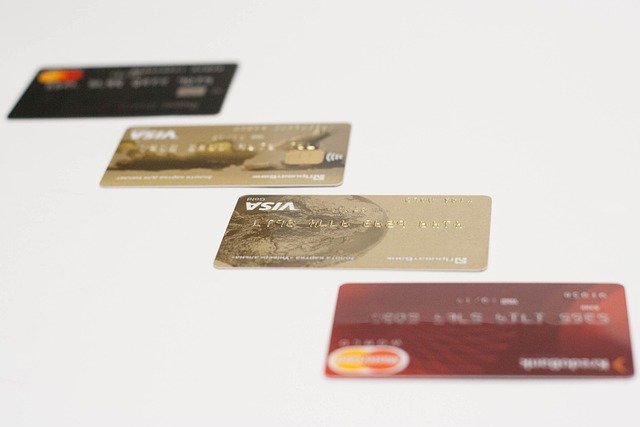Quick Personal Loan Insights for 2025
Personal loans have become an increasingly popular financial tool for individuals seeking to manage various expenses or consolidate debt. As we approach 2025, the landscape of personal lending continues to evolve, offering borrowers more options and flexibility than ever before. This article explores key insights into personal loans for the upcoming year, helping you navigate the complexities of borrowing and make informed decisions about your financial future.

How are personal loans adapting to diverse financial needs?
Personal loans in 2025 are expected to offer unprecedented flexibility to cater to a wide range of financial needs. Lenders are recognizing that borrowers have unique circumstances and are tailoring their products accordingly. From debt consolidation to home improvements, education expenses to emergency funds, personal loans are becoming more versatile. Some lenders are even offering specialized loans for specific purposes, such as green energy upgrades or small business startups, providing borrowers with targeted financial solutions.
What factors will influence personal loan eligibility in 2025?
Understanding eligibility criteria is crucial when considering a personal loan. In 2025, traditional factors like credit score, income, and debt-to-income ratio will remain important. However, lenders are expected to adopt more holistic approaches to assessing creditworthiness. Alternative data points, such as rental payment history, utility bill payments, and even social media presence, may be considered. This shift could potentially open up lending opportunities for individuals with limited credit history or those working in the gig economy.
How are repayment terms evolving for personal loans?
Repayment terms for personal loans are becoming more borrower-friendly. Many lenders are offering flexible repayment schedules, allowing borrowers to choose between fixed and variable interest rates, and even providing options for temporary payment pauses during financial hardships. Some innovative lenders might introduce income-based repayment plans, similar to those seen in student loans, where monthly payments are tied to the borrower’s income level. These evolving terms aim to make personal loans more manageable and reduce the risk of default.
What role will technology play in personal lending?
Technology is set to revolutionize the personal loan application and approval process. Artificial intelligence and machine learning algorithms will likely streamline credit assessments, potentially leading to faster approvals and more accurate risk evaluations. Mobile apps and online platforms will make it easier for borrowers to manage their loans, track payments, and communicate with lenders. Additionally, blockchain technology may be utilized to enhance security and transparency in lending transactions.
How can borrowers compare loan features effectively?
When comparing personal loan options in 2025, borrowers should look beyond just interest rates. Key features to consider include:
-
Annual Percentage Rate (APR): This reflects the true cost of borrowing, including fees.
-
Loan term: The length of time to repay the loan affects total interest paid.
-
Prepayment penalties: Some lenders may charge fees for early repayment.
-
Origination fees: These upfront charges can significantly impact the loan’s cost.
-
Collateral requirements: Secured vs. unsecured loans have different risks and benefits.
-
Disbursement speed: How quickly funds become available after approval.
-
Customer service and support: Access to assistance when needed.
By carefully evaluating these features, borrowers can select a loan that best fits their financial situation and goals.
What are the expected costs and providers for personal loans in 2025?
While specific costs for personal loans in 2025 can’t be predicted with certainty, we can provide a general overview based on current trends and projections:
| Loan Type | Provider Type | Estimated APR Range | Loan Amount Range |
|---|---|---|---|
| Traditional Bank Loan | Major Banks | 6% - 20% | $1,000 - $50,000 |
| Online Lender | Fintech Companies | 5% - 36% | $1,000 - $100,000 |
| Credit Union Loan | Credit Unions | 5% - 18% | $500 - $50,000 |
| Peer-to-Peer Loan | P2P Platforms | 6% - 36% | $1,000 - $40,000 |
Prices, rates, or cost estimates mentioned in this article are based on the latest available information but may change over time. Independent research is advised before making financial decisions.
It’s important to note that actual rates and terms will vary based on individual creditworthiness, loan amount, and market conditions. Some innovative lenders may introduce new loan products with unique pricing structures, potentially disrupting traditional models.
In conclusion, personal loans in 2025 are poised to offer greater flexibility, accessibility, and technological integration. By understanding the evolving landscape of personal lending, borrowers can make more informed decisions and find loan options that align with their financial goals. As always, it’s crucial to carefully review loan terms, compare offers from multiple lenders, and consider the long-term impact of borrowing before committing to a personal loan.






